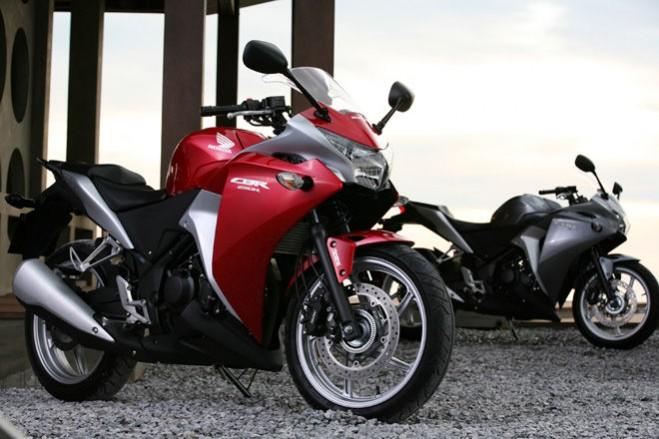
Hero Honda, the Indo-Japanese joint venture, is synonymous with "the motorcycle" for most of the kids born in the 80's and 90's. The CD100, Splendor, CBZ 150 and Karizma are some of the well-known bike models from their alliance.
During early 2000's, Honda started separate sales with its own models and chain even while continuing alliance with Hero. In 2010, the Japanese automaker pulled out of the venture and that led to the end of 26 years of successful run. Hero and Honda are still doing business, however, they are arch rivals now.

Currently, Hero MotoCorp is the leader in the two-wheeler segment. However, Honda is set to give a stiff competition as the Japanese automaker is working to beat Hero by 2020. According to Honda's Chief Officer Regional Operations (Asia and Oceania) Shinji Aoyama, the company will have a competitive advantage over rivals when India adopts the stringent BS-VI emission norms. "Year 2020 can be a possible year to become number one," Aoyama told PTI.
In the financial year2016-17, Hero MotoCorp sold 64,83,655 units in the domestic market, whereas HMSI sold 47,25,067 units. Honda has a significant deficit but the target to become No 1 does not seem to be a Herculean task. Currently, Honda Motorcycle & Scooter India (HMSI) has 59 per cent market share in scooters, while occupying number two position in motorcycles in India.
Elaborating how confident Honda is on its target, Aoyama said, "As far as Honda is concerned we are pretty confident with what we are going to do with BS-VI... I believe we can be more competitive than other brands. That is why we may have the potential to be number one."
Honda recently commissioned a fourth assembly line at Narsapura plant in Karnataka, adding 6 lakh units per annum. The company is also planning to focus on the commuter models to reach to the top of the game.









![India Auto Roundup: Maruti Suzuki, Mahindra have exciting launches in November [details here]](https://data1.ibtimes.co.in/en/full/805520/india-auto-roundup-maruti-suzuki-mahindra-have-exciting-launches-november-details-here.jpg?w=220&h=135)